

Articles
How To Use A Humidifier For Congestion
Modified: November 1, 2024
Learn how to use a humidifier to alleviate congestion with our informative articles. Find expert tips and advice for effective relief.
(Many of the links in this article redirect to a specific reviewed product. Your purchase of these products through affiliate links helps to generate commission for Storables.com, at no extra cost. Learn more)
Introduction
Welcome to the ultimate guide on how to use a humidifier for congestion. If you’ve ever experienced the discomfort of nasal congestion, you know just how disruptive it can be to your everyday life. Whether it’s due to allergies, a cold, or dry air, congestion can make it difficult to breathe and negatively impact your sleep quality.
A humidifier is a simple yet powerful device that can provide relief from congestion by adding moisture to the air. It works by increasing the humidity level in your indoor environment, which helps to soothe dry nasal passages and reduce congestion. In this article, we will explore the benefits of using a humidifier for congestion, the different types of humidifiers available, how to choose the right one, and important tips for safe and effective use.
By the end of this guide, you’ll have all the information you need to use a humidifier for congestion and enjoy clear, comfortable breathing once again.
Key Takeaways:
- Using a humidifier for congestion relief can moisturize nasal passages, relieve sinus pressure, and improve breathing, promoting restful sleep and overall well-being.
- When using a humidifier, it’s crucial to maintain proper humidity levels, follow manufacturer’s instructions, and regularly clean and maintain the unit for optimal effectiveness and safety.
What is a Humidifier?
A humidifier is a household appliance that increases the moisture content in the air, making it more humid. It releases water vapor into the air to counteract the effects of dry indoor environments. Humidifiers are commonly used during the winter months when the air tends to be drier due to heating systems and cold weather.
There are different types of humidifiers available in the market, including cool mist humidifiers, warm mist humidifiers, ultrasonic humidifiers, and evaporative humidifiers. Each type operates differently but aims to achieve the same goal of adding moisture to the air.
Cool mist humidifiers, as the name suggests, release a cool mist into the air. They are often preferred for households with children or pets due to safety concerns. Warm mist humidifiers, on the other hand, emit a warm mist by boiling water before releasing it into the air. These humidifiers can provide a soothing effect and can also be used with inhalants for congestion relief.
Ultrasonic humidifiers use high-frequency vibrations to turn water into a fine mist that is then dispersed into the air. They are known for their quiet operation and energy efficiency. Evaporative humidifiers function by blowing air over a wet wick or filter, causing the water to evaporate and increase humidity levels. These types of humidifiers are cost-effective and require minimal maintenance.
Humidifiers offer several benefits beyond congestion relief. They can help alleviate dry skin, soothe dry and itchy eyes, reduce static electricity, and preserve wooden furniture and musical instruments that are sensitive to dry conditions. Additionally, maintaining proper humidity levels in your home can reduce the risk of respiratory infections, ease symptoms of asthma and allergies, and improve sleep quality.
The next section will delve into the specific benefits of using a humidifier for congestion relief.
Benefits of Using a Humidifier for Congestion
Using a humidifier for congestion can provide numerous benefits and help alleviate the discomfort caused by nasal congestion. Here are some of the key advantages:
- Moisturizes Nasal Passages: Dry air can irritate and dry out the nasal passages, making congestion worse. A humidifier adds moisture to the air and helps keep nasal passages hydrated, providing relief from congestion.
- Relieves Sinus Pressure: Congestion is often accompanied by sinus pressure and discomfort. By increasing humidity levels, a humidifier can help reduce inflammation in the sinuses and alleviate sinus pressure.
- Soothes Dry Throat: Dry air can cause a scratchy and sore throat, exacerbating congestion symptoms. A humidifier adds moisture to the air, soothing the throat and providing relief from throat dryness.
- Improves Breathing: Congestion can make it difficult to breathe, especially at night. Using a humidifier can help open up the nasal passages, making it easier to take deep breaths and promoting better airflow.
- Promotes Restful Sleep: Nasal congestion can disrupt your sleep, leaving you feeling tired and groggy. A humidifier creates a more comfortable sleeping environment by reducing congestion, allowing for better sleep and improved overall well-being.
- Enhances Comfort: Dry air can cause discomfort, such as dry skin, cracked lips, and dry eyes. A humidifier adds moisture to the air, helping to alleviate these symptoms and promote a more comfortable indoor environment.
- Reduces Allergy and Asthma Symptoms: Dry air can worsen allergy and asthma symptoms, including congestion. By maintaining optimal humidity levels with a humidifier, you can help minimize allergy triggers and reduce the frequency and severity of congestion caused by allergies and asthma.
It’s important to note that while using a humidifier can provide relief, it is not a cure for underlying medical conditions that may be causing congestion. If your congestion persists or worsens, it is recommended to consult with a healthcare professional for proper diagnosis and treatment.
In the next section, we will explore the different types of humidifiers available and how to choose the right one for congestion relief.
Types of Humidifiers
When it comes to choosing a humidifier for congestion relief, there are several types available, each with its own unique features and benefits. Understanding the different types will help you make an informed decision based on your specific needs. Here are the most common types of humidifiers:
- Cool Mist Humidifiers: Cool mist humidifiers are popular for their safety features and energy efficiency. They utilize a fan to blow room-temperature water into the air, creating a cool mist. Some cool mist humidifiers use an ultrasonic technology that vibrates water to produce a fine mist without the need for a fan. These types of humidifiers are ideal for households with children or pets.
- Warm Mist Humidifiers: Warm mist humidifiers work by heating water to produce steam, which is then released into the air. The warm mist can help soothe congestion and provide a comforting effect. These humidifiers are often used with inhalants for congestion relief. It’s important to note that warm mist humidifiers can pose a burn risk, so extra caution should be taken, especially if there are children or pets present.
- Ultrasonic Humidifiers: Ultrasonic humidifiers use high-frequency vibrations to produce a micro-fine mist. These humidifiers are known for their quiet operation and energy efficiency. They do not require a fan, making them an excellent choice for bedrooms or places where noise may be a concern.
- Evaporative Humidifiers: Evaporative humidifiers utilize a wick or filter that absorbs water. A fan then blows air over the soaked wick, causing the water to evaporate and increase the humidity in the room. These humidifiers are cost-effective and require minimal maintenance. However, they may produce a white mineral residue if tap water is used, requiring regular cleaning.
- Whole-House Humidifiers: Whole-house humidifiers are integrated directly into the heating and cooling system of a house. They work to humidify the entire home, ensuring consistent humidity levels throughout. These types of humidifiers often require professional installation and may require a higher upfront cost but provide convenience and efficiency in maintaining optimal humidity levels.
When selecting a humidifier, it’s crucial to consider the size of the room or area where it will be used. Different humidifiers have different coverage capacities, so choosing the right size will ensure efficient and effective moisture distribution. Additionally, consider factors such as noise level, ease of maintenance, and additional features like adjustable mist settings or built-in humidistats.
In the next section, we will delve into how to choose the right humidifier for congestion relief.
Choosing the Right Humidifier for Congestion
Choosing the right humidifier for congestion relief is essential to ensure optimal effectiveness and comfort. Here are some factors to consider when selecting a humidifier:
- Size and Coverage: Determine the size of the room or area where you plan to use the humidifier. Be sure to choose a model that can adequately cover the square footage of the space. Using an undersized humidifier may not provide sufficient moisture, while an oversized humidifier may create excess humidity.
- Type of Humidifier: Decide which type of humidifier suits your needs and preferences. Consider factors such as safety, energy efficiency, noise level, and maintenance requirements. Cool mist humidifiers are generally considered safer for households with children or pets, while warm mist humidifiers provide soothing relief.
- Noise Level: If you plan to use the humidifier in a bedroom or a quiet environment, consider models that have quiet operation features. Ultrasonic humidifiers are known for their silent operation, making them a popular choice for bedrooms.
- Adjustable Settings: Look for humidifiers that offer adjustable mist settings. Being able to control the humidity output allows you to customize the level of moisture based on your comfort and congestion needs.
- Humidistat or Hygrometer: Some humidifiers come with built-in humidistats or hygrometers, which measure the humidity levels in the room. This feature allows the humidifier to automatically adjust its operation to maintain the desired humidity level. Having this capability ensures optimal comfort and avoids excessive moisture in the air.
- Easy Maintenance: Regular cleaning and maintenance are crucial for ensuring the longevity and efficiency of your humidifier. Choose a model that is easy to disassemble, clean, and refill. Look for humidifiers with removable water tanks and accessible parts for hassle-free maintenance.
- Budget: Determine your budget range for a humidifier. Prices can vary based on the type, features, and brand. Consider the long-term benefits and investment value when making your decision.
Ultimately, the right humidifier for congestion relief will depend on your specific needs and preferences. It’s important to consider these factors and do thorough research before making a purchase.
In the next section, we will explore how to properly set up a humidifier for congestion relief.
Read more: How To Use Vapopads In Humidifier
How to Properly Set Up a Humidifier
Properly setting up your humidifier is essential to ensure optimal performance and effectiveness. Here are the steps to follow for a successful setup:
- Choose the Ideal Location: Select a stable, flat surface for your humidifier. Place it on a raised surface, such as a table or shelf, to ensure that the mist is dispersed evenly throughout the room. Keep the humidifier away from walls or furniture to prevent any potential damage from moisture.
- Clear the Area: Remove any objects or obstacles around the humidifier that may impede the proper flow of mist. This will allow for better distribution of moisture throughout the room.
- Position the Humidifier: Ensure that the humidifier is positioned at least a few feet away from your bed or seating area. This placement will help prevent direct exposure to the mist, which may lead to discomfort.
- Plug-in and Connect: Plug the humidifier into a power outlet and ensure it is properly connected. Follow the manufacturer’s instructions for any additional setup requirements or specific connections.
- Fill the Water Tank: Remove the water tank from the humidifier and fill it with clean, cool water. Use distilled or filtered water if possible to minimize mineral buildup. Avoid using hot water, as it can distort the humidifier’s performance and affect the mist output.
- Install Filters (if applicable): Some humidifiers may require the use of filters. Refer to the manufacturer’s instructions to determine if your humidifier requires a filter, and if so, follow the proper installation steps.
- Secure the Water Tank: After filling the water tank, ensure it is securely attached to the humidifier. Follow the instructions provided by the manufacturer to properly lock the tank in place.
- Set Humidity Levels (if applicable): If your humidifier has adjustable humidity settings, select the desired level based on your comfort and congestion needs. Refer to the user manual for instructions on adjusting the settings.
- Turn on the Humidifier: Once everything is properly set up, turn on the humidifier and allow it to run for several hours. Adjust the mist intensity or humidity settings as needed to achieve your desired level of comfort.
Remember to regularly monitor the humidity levels in the room using a hygrometer or built-in humidistat (if available) to ensure optimal moisture balance. Additionally, follow the manufacturer’s instructions for cleaning and maintenance to keep your humidifier operating efficiently and to prevent the growth of mold or bacteria.
In the next section, we will discuss how to add water and essential oils to a humidifier for congestion relief.
Place the humidifier in the room where you spend the most time, keep it clean to prevent mold, and use distilled water to avoid mineral buildup.
Adding Water and Essential Oils to a Humidifier
Adding water and essential oils to your humidifier can enhance the overall experience and provide additional benefits for congestion relief. Here’s how to do it properly:
- Choose High-Quality Essential Oils: Select high-quality, therapeutic-grade essential oils that are safe for use in humidifiers. Look for oils that are specifically labeled for aromatherapy or diffuser use. Common essential oils for congestion relief include eucalyptus, peppermint, tea tree, and lavender.
- Read the Manufacturer’s Instructions: Check the manufacturer’s instructions to ensure that adding essential oils to your humidifier is compatible with the specific model you have. Some humidifiers have designated areas to add essential oils, while others may not be designed for this purpose.
- Fill the Water Tank: Before adding essential oils, fill the water tank of your humidifier with clean, cool water. Refer to the manufacturer’s instructions for the maximum water level to avoid overfilling.
- Add a Few Drops of Essential Oil: Add 3-5 drops of your chosen essential oil to the water tank. Start with a small amount and adjust according to your preference. Be cautious not to add too much oil, as it can clog the humidifier and affect its performance.
- Mix the Water and Essential Oil: Gently swirl or stir the water and essential oil mixture to ensure that the oil is evenly dispersed throughout the water.
- Securely Attach the Water Tank: Once the essential oil is added and mixed, securely attach the water tank back onto the humidifier, following the manufacturer’s instructions.
- Turn on the Humidifier: After properly setting up the humidifier and adding the water and essential oils, turn on the device and allow it to operate. The mist produced will carry the aroma of the essential oils, filling the room with a pleasant and therapeutic fragrance.
- Monitor and Adjust: Keep an eye on the mist output and aroma intensity. Adjust the number of drops of essential oil used based on your personal preference. Some individuals may prefer a stronger aroma, while others may prefer a more subtle scent.
- Clean Regularly: It’s important to clean your humidifier regularly, especially when using essential oils. Follow the manufacturer’s instructions on cleaning and maintenance, as some models may require additional cleaning steps to prevent oil buildup.
Adding essential oils to your humidifier can provide a pleasant aromatic experience while offering potential benefits for congestion relief. However, it’s important to note that not all humidifiers are designed for use with essential oils. Be sure to check the manufacturer’s guidelines to ensure compatibility and prevent any damage to your humidifier.
In the next section, we will discuss how to operate a humidifier safely to ensure a comfortable and hazard-free environment.
Operating the Humidifier Safely
Operating a humidifier safely is crucial to prevent any potential hazards and ensure a comfortable living environment. Here are some important safety tips to keep in mind:
- Read and Follow the Manufacturer’s Instructions: Familiarize yourself with the user manual provided by the manufacturer. It contains important information on proper usage, maintenance, and safety precautions specific to your humidifier model.
- Use Clean, Purified Water: Always use clean, cool water to fill the humidifier’s water tank. Avoid using hot water or tap water that may contain minerals or impurities. If possible, use distilled or filtered water to minimize mineral buildup and prevent the dispersal of airborne impurities.
- Regularly Clean and Maintain the Humidifier: Follow the manufacturer’s instructions for cleaning and maintenance. Regularly clean and disinfect your humidifier to prevent the growth of mold, bacteria, or other microorganisms. This is important for maintaining optimal air quality and preventing any health issues.
- Place the Humidifier on a Stable Surface: Ensure that the humidifier is placed on a stable, flat surface. This will prevent it from accidentally tipping over, especially if there are children or pets around. Keep it away from the edges of tables or countertops to reduce the risk of accidental falls.
- Keep the Area Around the Humidifier Clear: Maintain a clear space around the humidifier to allow proper airflow and ensure that mist is disbursed evenly. Keep it away from curtains, furniture, or other flammable materials to prevent the risk of fire hazards.
- Monitor Humidity Levels: It is important to maintain proper humidity levels in your home. Use a hygrometer or built-in humidistat to monitor the humidity levels and adjust the settings accordingly. Maintaining an optimal range of 40-60% humidity is generally recommended for comfort and respiratory health.
- Regularly Check and Replace Filters: If your humidifier has a filter, check it regularly and replace it as recommended by the manufacturer. This is important to maintain proper function and prevent the buildup of mold or bacteria in the filter.
- Unplug the Humidifier when not in Use: When not in use, or when you plan to clean or refill the humidifier, always unplug it from the power source. This will prevent any electrical accidents or potential damage to the unit.
- Follow Proper Storage Guidelines: If you plan to store the humidifier when not in use, follow the manufacturer’s instructions for proper storage procedures. Clean and dry the unit thoroughly, remove any remaining water, and store it in a cool, dry place.
By adhering to these safety guidelines, you can ensure the proper operation of your humidifier while maintaining a safe and comfortable living environment.
In the next section, we will discuss the cleaning and maintenance of humidifiers to keep them operating efficiently and maintaining optimal air quality.
Cleaning and Maintenance of Humidifiers
Regular cleaning and maintenance of your humidifier are essential to keep it operating efficiently and maintain optimal air quality. Here are some important steps to follow when cleaning and maintaining your humidifier:
- Refer to the Manufacturer’s Instructions: Read the user manual provided by the manufacturer for specific cleaning and maintenance guidelines. Different humidifier models may have varying instructions, so it’s important to follow the recommendations outlined in the manual.
- Unplug and Disassemble the Humidifier: Before cleaning, turn off the humidifier and unplug it from the power source. Carefully disassemble the unit according to the manufacturer’s instructions. Separate the water tank, mist nozzle, and any detachable parts.
- Empty and Rinse the Water Tank: Empty any remaining water from the tank and rinse it with clean, cool water. Use a mild detergent or vinegar solution to clean the inside of the tank, removing any mineral or residue buildup. Rinse thoroughly to ensure no cleaning agents remain.
- Clean the Base and Other Parts: Clean the base and other removable parts of the humidifier with a mixture of mild detergent and water. Use a soft brush or cloth to scrub away any dirt or buildup. Pay attention to hard-to-reach areas and ensure thorough cleaning.
- Descale the Humidifier (if necessary): If your humidifier has mineral deposits or scale buildup, follow the manufacturer’s instructions on descaling. Typically, a mixture of equal parts water and white vinegar can be used to remove mineral deposits from the internal components.
- Soak Removable Parts (if applicable): If your humidifier has removable parts, such as the mist nozzle or filters, soak them in a vinegar or bleach solution as recommended by the manufacturer. This will help remove any stubborn residue or bacteria. Rinse thoroughly before reinstalling.
- Wipe Down the Exterior: Use a damp cloth to wipe down the exterior of the humidifier, removing any dust or dirt. Ensure that all parts are completely dry before reassembling the unit.
- Reassemble and Refill: Once all parts are clean and dry, reassemble the humidifier according to the manufacturer’s instructions. Refill the water tank with clean, cool water, and securely attach it to the unit.
- Follow Regular Maintenance Schedule: Establish a regular maintenance schedule for your humidifier. This may include weekly or bi-weekly cleanings, filter replacements, and checking for any signs of wear or damage. Regular maintenance will ensure optimal performance and extend the lifespan of your humidifier.
Remember to always follow the specific cleaning instructions provided by the manufacturer to avoid damaging the humidifier or compromising its performance. By maintaining a clean, well-maintained humidifier, you can enjoy optimal air quality and congestion relief.
In the next section, we will discuss some important precautions and considerations to keep in mind when using a humidifier for congestion relief.
Read more: How To Use Vicks Humidifier
Precautions and Considerations When Using a Humidifier for Congestion
While using a humidifier for congestion relief can be beneficial, it’s important to take certain precautions and considerations to ensure safe and effective use. Here are some important points to keep in mind:
- Proper Humidity Levels: Maintain a comfortable humidity level between 40-60%. Excessive humidity can create a breeding ground for mold, bacteria, and other allergens, while low humidity may not effectively relieve congestion. Use a hygrometer or built-in humidistat to monitor humidity levels regularly.
- Regular Cleaning and Maintenance: Regularly clean and disinfect your humidifier according to the manufacturer’s instructions. This helps prevent the growth of mold, bacteria, and other microorganisms that can negatively affect air quality and exacerbate congestion symptoms.
- Use Clean Water: Always use clean, cool water when filling your humidifier. Avoid using hot water, as it can affect the humidifier’s performance and increase the risk of burns. If possible, use distilled or filtered water to minimize mineral deposits and impurities in the air.
- Proper Placement: Place the humidifier on a stable, flat surface away from walls, furniture, and other objects that may obstruct the mist or be damaged by moisture. Ensure proper airflow around the humidifier to allow for even distribution of moisture throughout the room.
- Monitor for Excessive Moisture: Keep an eye out for signs of excessive moisture in the room, such as condensation on windows or dampness on walls or furniture. Excessive humidity can lead to mold growth and other issues, so adjust the humidity settings or reduce usage if necessary.
- Follow Manufacturer’s Guidelines for Essential Oils: If you choose to use essential oils in your humidifier, refer to the manufacturer’s instructions to ensure compatibility. Some humidifiers have specific areas to add oils, while others may not be designed for this purpose. Follow proper dilution guidelines and avoid adding too much oil, as it can clog the humidifier.
- Keep Out of Reach of Children and Pets: Humidifiers contain electrical components and water, making them potential hazards for children and pets. Keep the humidifier out of reach and ensure it is placed in a secure location to prevent accidental tipping or tampering.
- Consult with a Healthcare Professional: If congestion symptoms persist or worsen despite using a humidifier, it is recommended to consult with a healthcare professional. They can assess your symptoms and provide appropriate diagnosis and treatment, if necessary.
- Replace Filters as Recommended: If your humidifier has a filter, follow the manufacturer’s instructions for regular filter replacement. This ensures optimal performance and prevents the buildup of mold or bacteria in the filter.
By following these precautions and considerations, you can enjoy the benefits of using a humidifier for congestion relief while ensuring a safe and healthy environment.
Now that you have a thorough understanding of how to use a humidifier for congestion, you can effectively incorporate this tool into your daily routine to experience improved breathing and enhanced comfort. Remember to consult the manufacturer’s instructions for your specific humidifier model, as each one may have unique features and requirements.
By maintaining a clean, well-maintained humidifier and following proper usage guidelines, you can keep nasal congestion at bay, improve your overall well-being, and create a more comfortable living space.
If you have any persistent or severe health concerns, it is always best to consult with a healthcare professional for personalized advice and guidance.
Stay well and breathe easy!
Conclusion
Congestion can be a frustrating and uncomfortable experience, but using a humidifier can provide effective relief. By adding moisture to the air, a humidifier helps soothe dry nasal passages, reduce sinus pressure, and improve overall breathing. In this comprehensive guide, we’ve explored the benefits of using a humidifier for congestion relief, the different types of humidifiers available, and how to choose the right one for your needs. We’ve also discussed the proper setup, adding water and essential oils, operating safely, cleaning and maintenance, as well as important precautions to keep in mind.
Remember, when using a humidifier, it’s essential to maintain proper humidity levels, follow manufacturer’s instructions, and regularly clean and maintain the unit. Using clean, cool water and, if desired, adding high-quality essential oils can enhance the experience and provide additional benefits. However, it’s important to be cautious and ensure that your humidifier is compatible with essential oils, and to use them sparingly to avoid clogging the unit or overwhelming the air with strong scents.
Keep in mind that a humidifier is not a cure-all for underlying conditions causing congestion. If your symptoms persist or worsen, it’s always advisable to consult with a healthcare professional for proper diagnosis and treatment.
With proper care and usage, a humidifier can be a valuable tool for improving your indoor air quality and finding relief from nasal congestion. By maintaining a clean, well-functioning unit and following the guidelines outlined in this guide, you can create a more comfortable and healthy living environment.
Thank you for taking the time to read this comprehensive guide on how to use a humidifier for congestion relief. We hope it has provided you with the information you need to make informed decisions and effectively utilize a humidifier for a more comfortable and enjoyable breathing experience. Breathe easy and stay well!
Frequently Asked Questions about How To Use A Humidifier For Congestion
Was this page helpful?
At Storables.com, we guarantee accurate and reliable information. Our content, validated by Expert Board Contributors, is crafted following stringent Editorial Policies. We're committed to providing you with well-researched, expert-backed insights for all your informational needs.

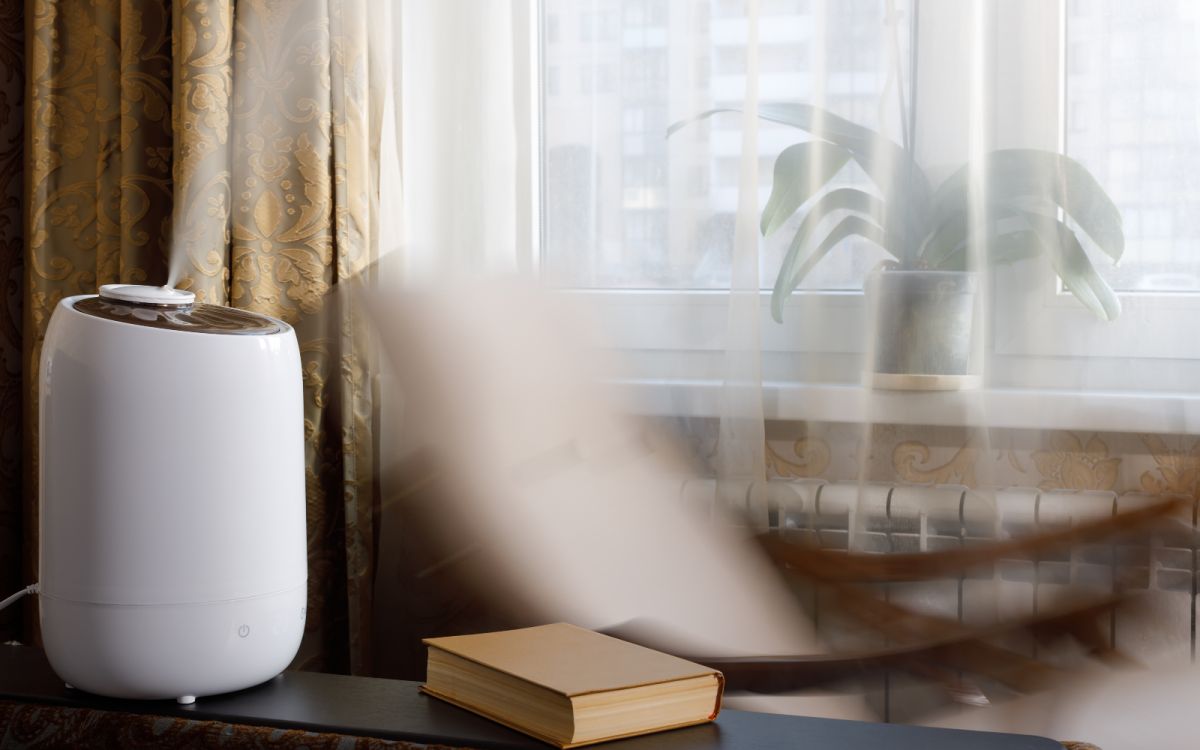
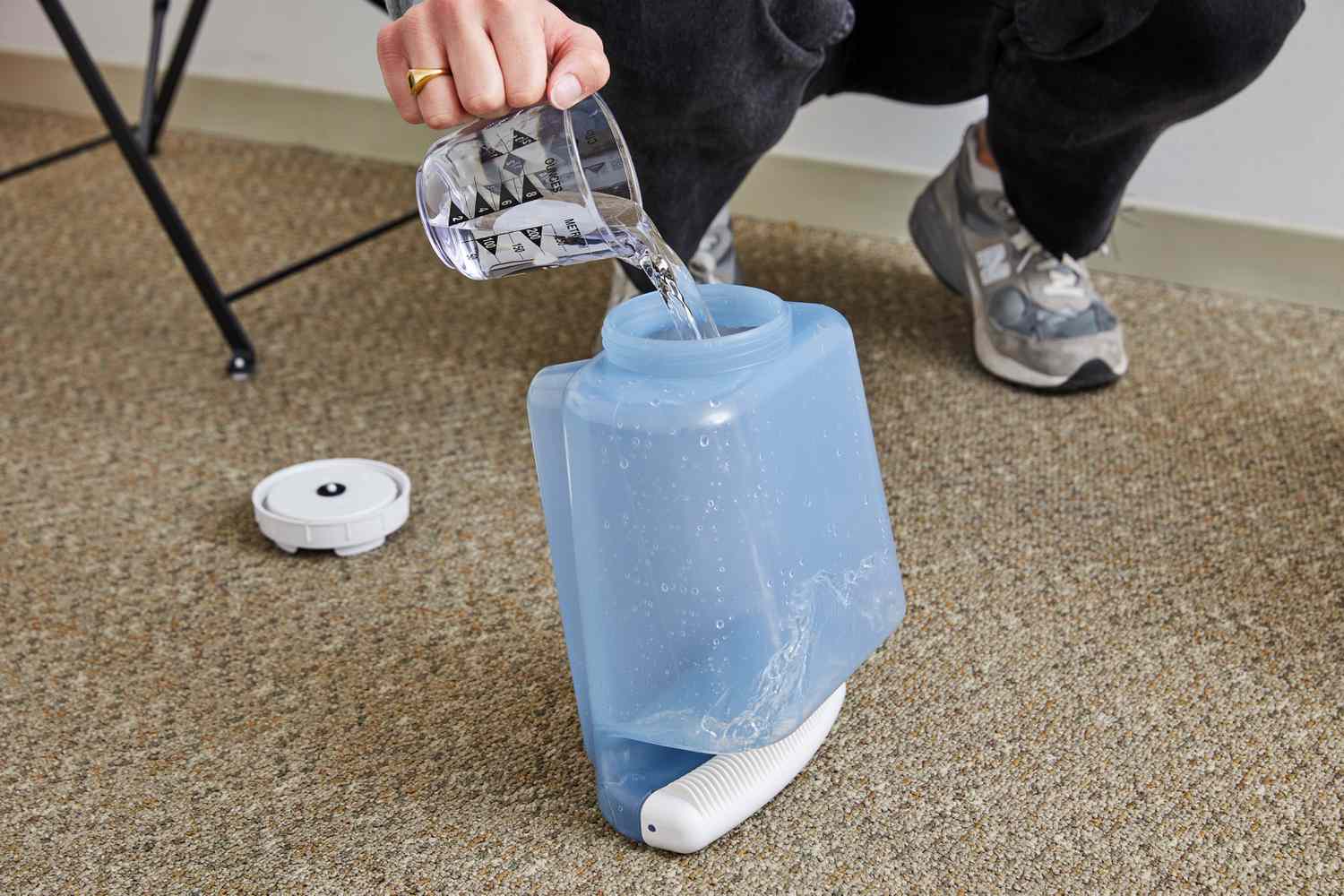
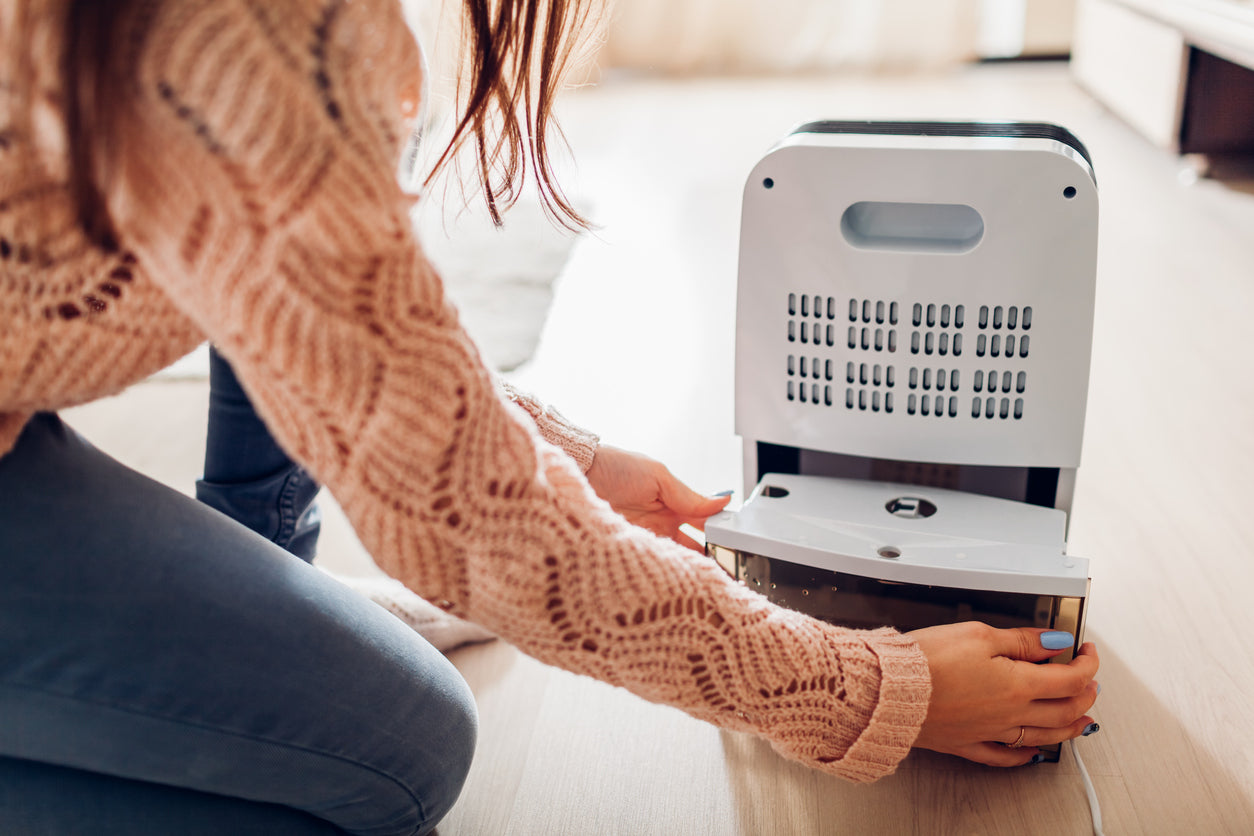
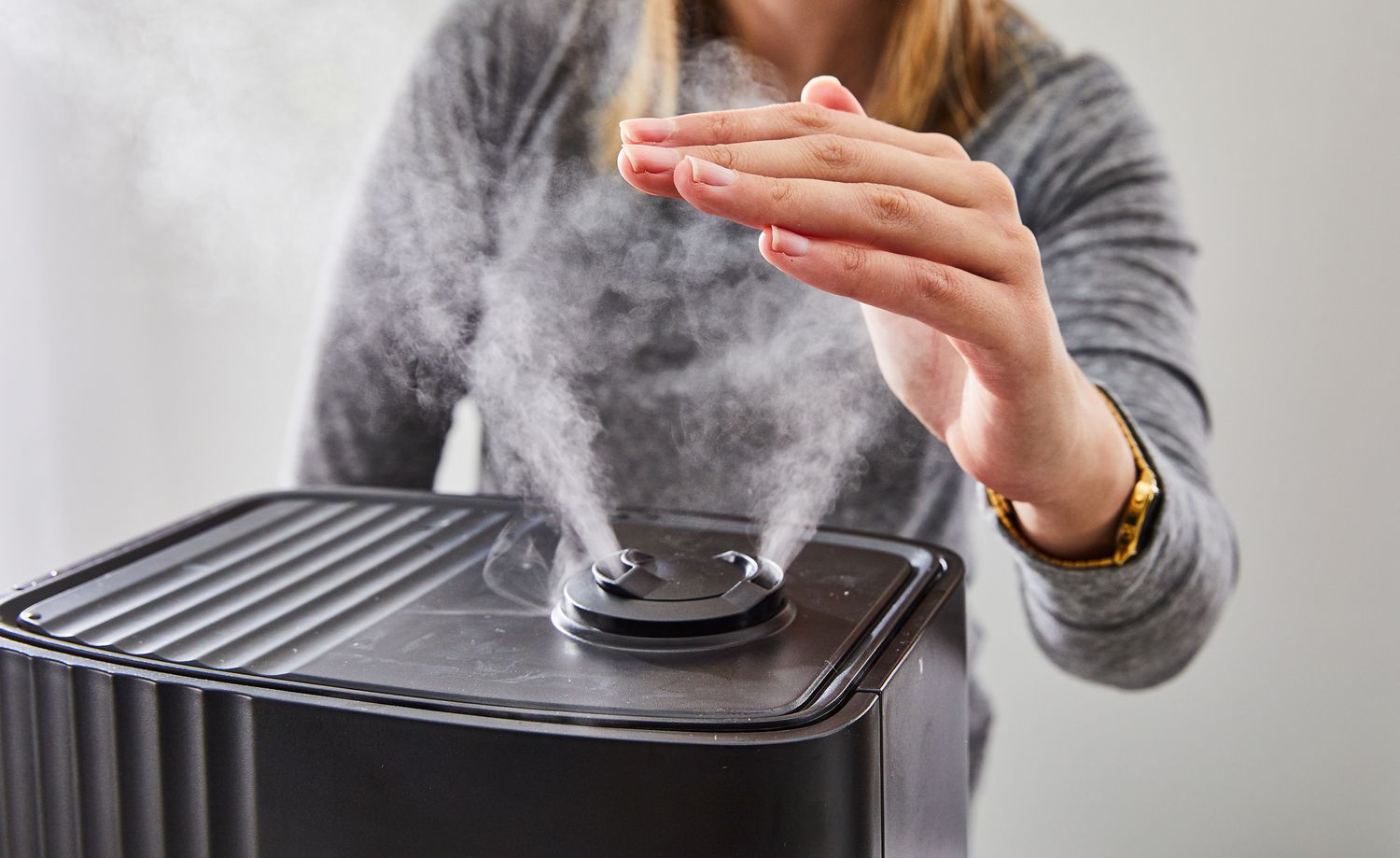
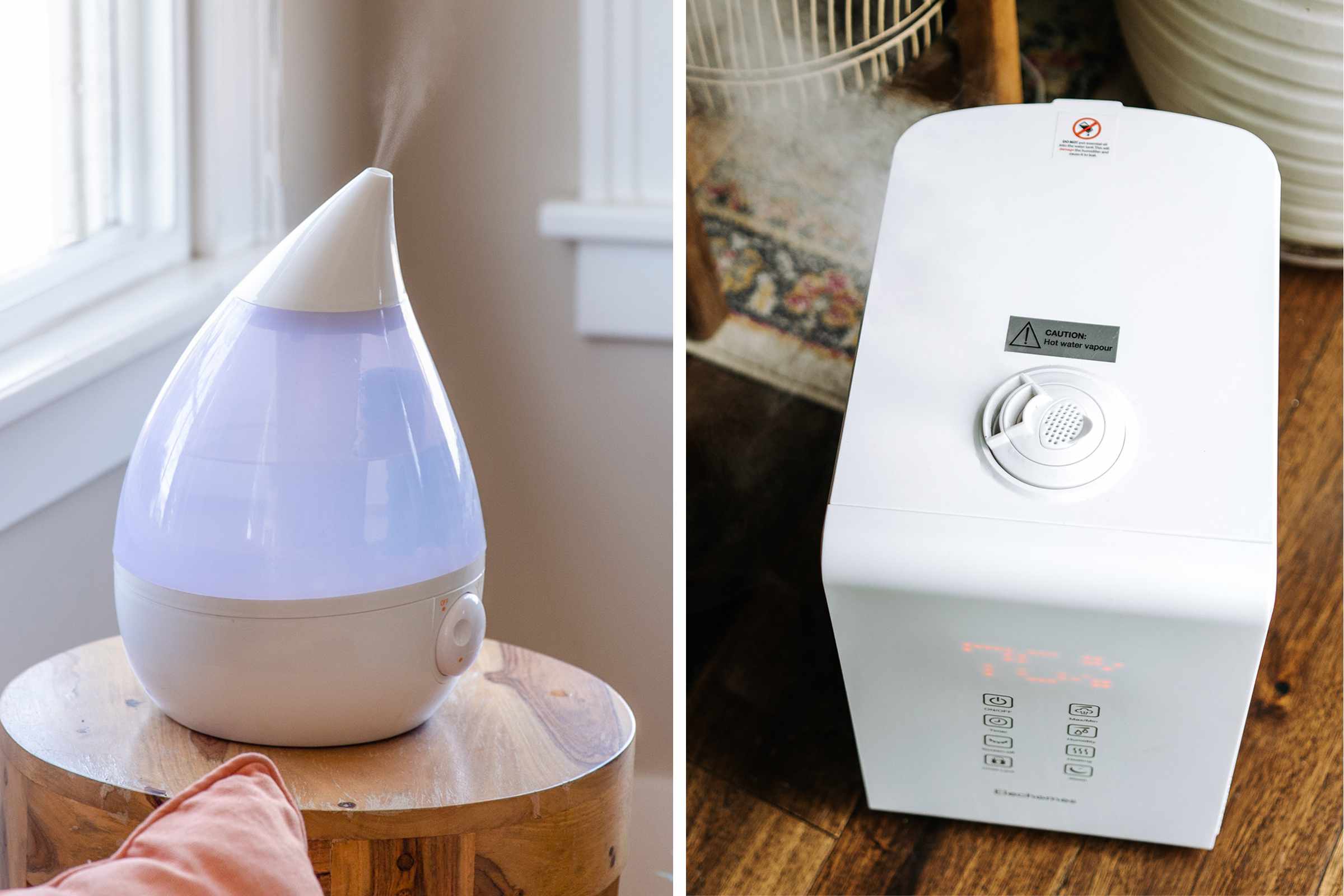
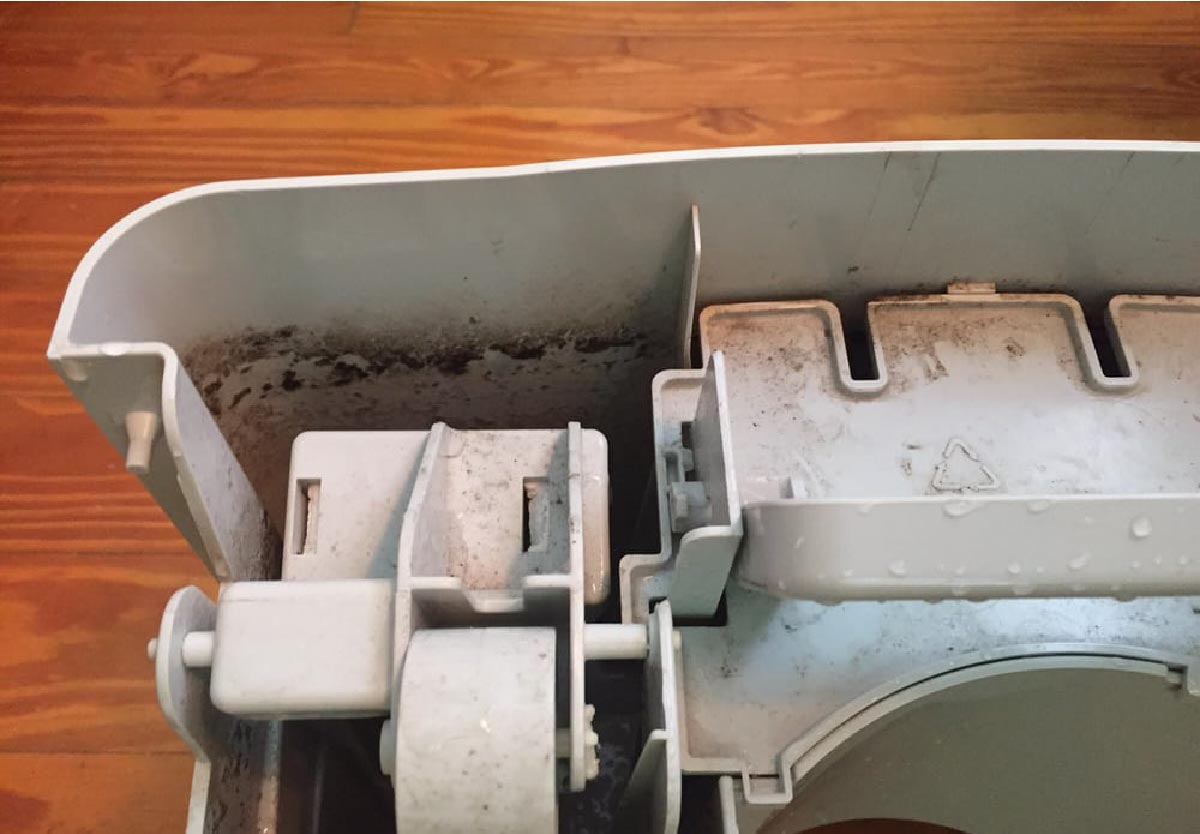
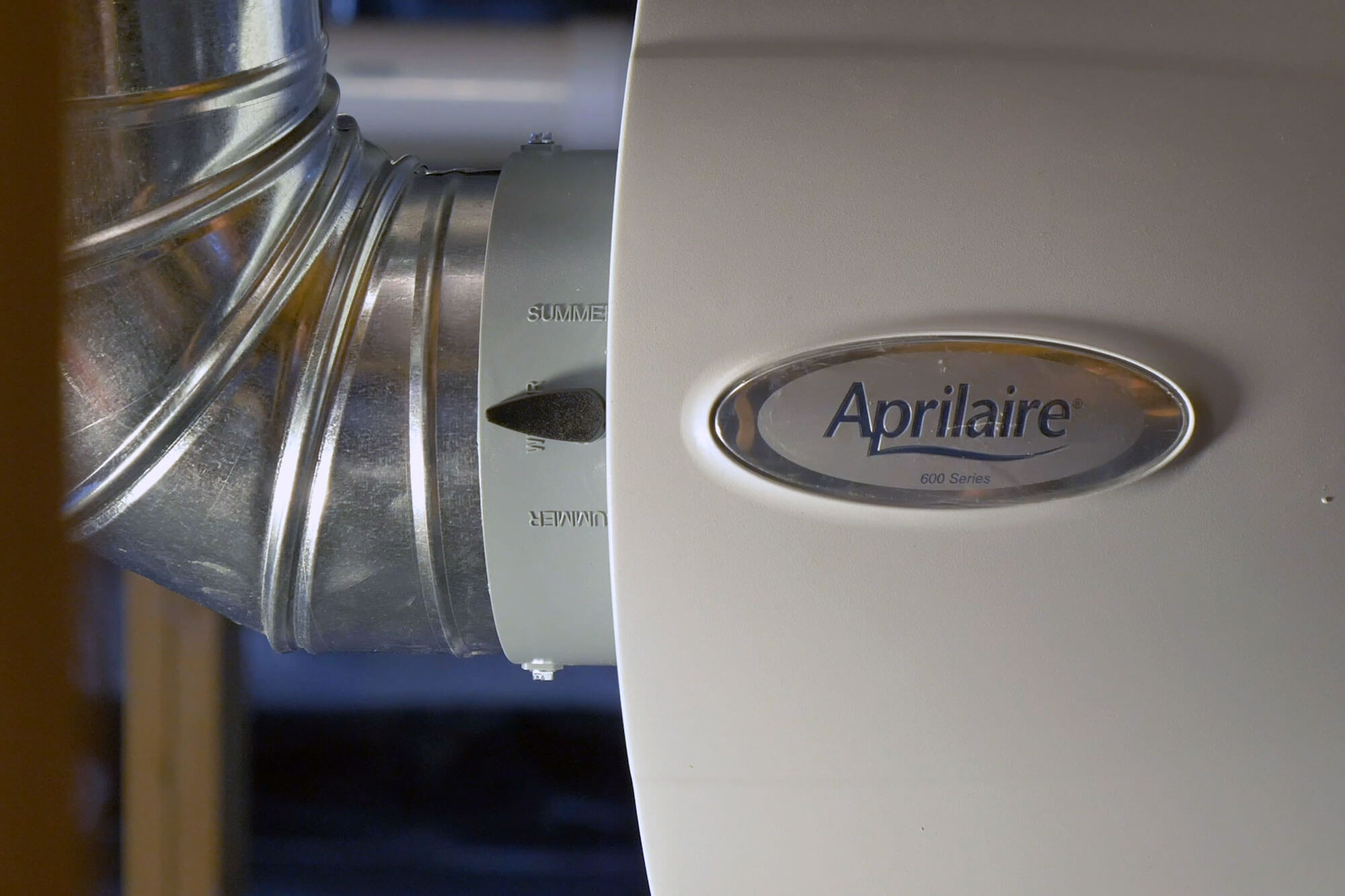
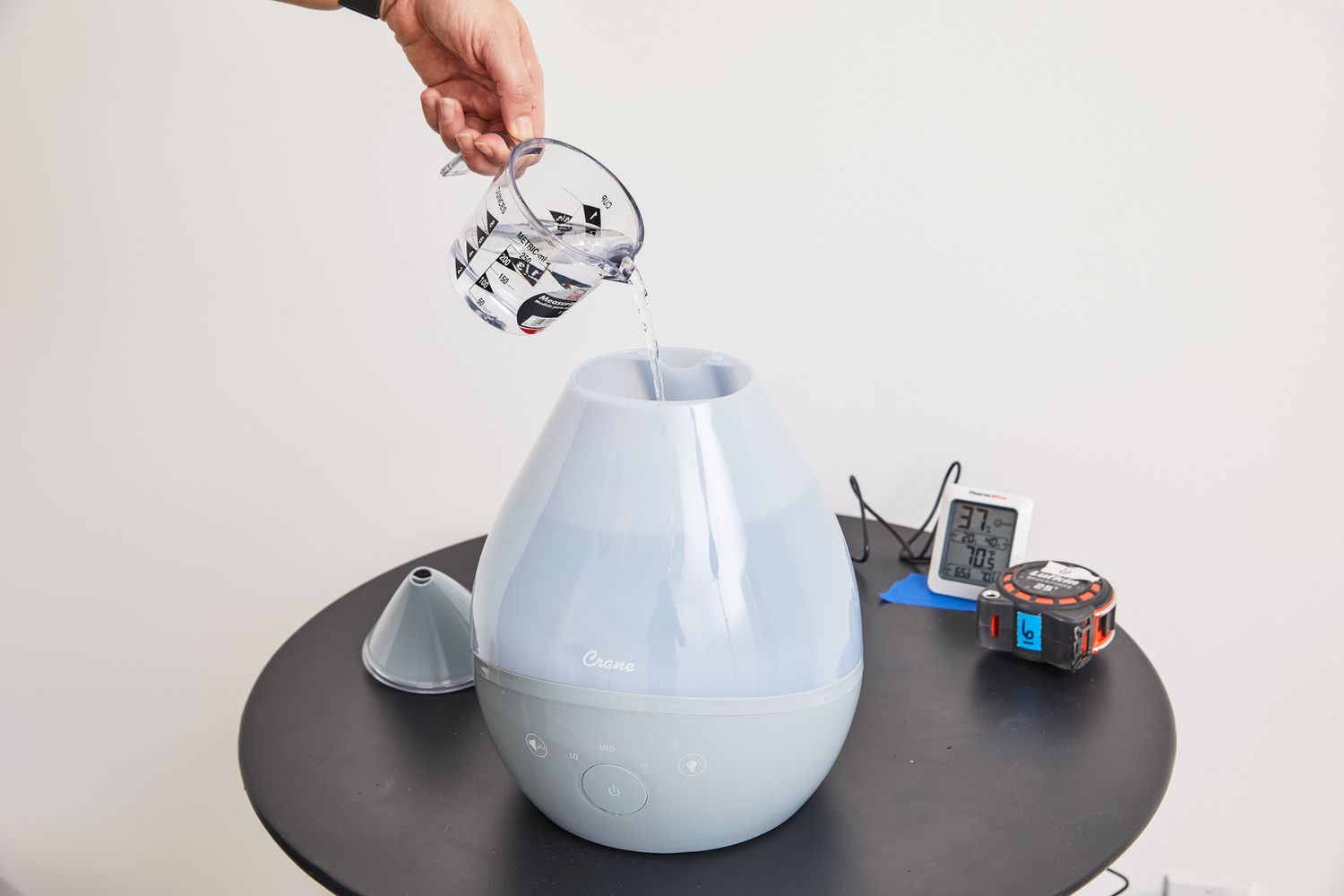
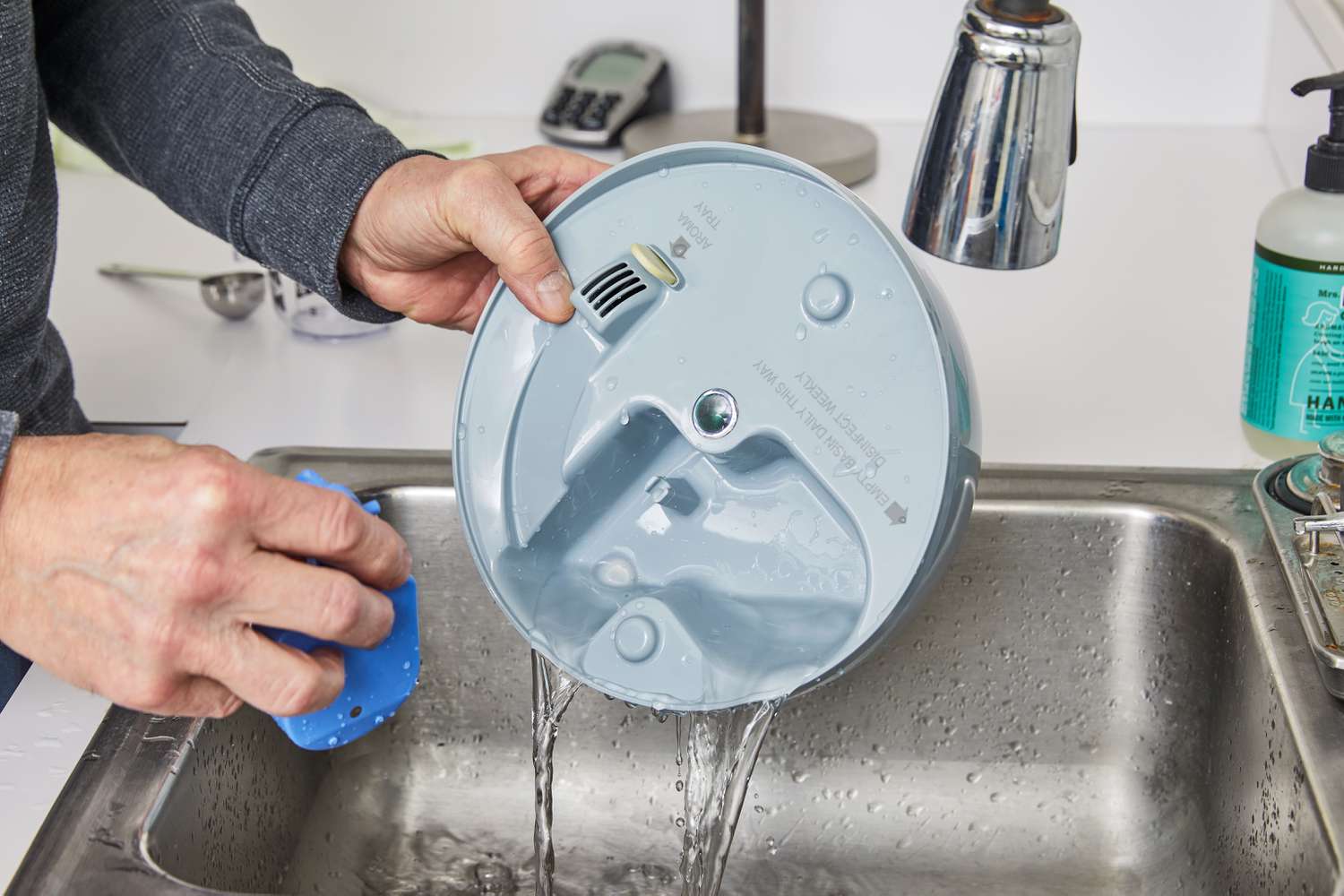
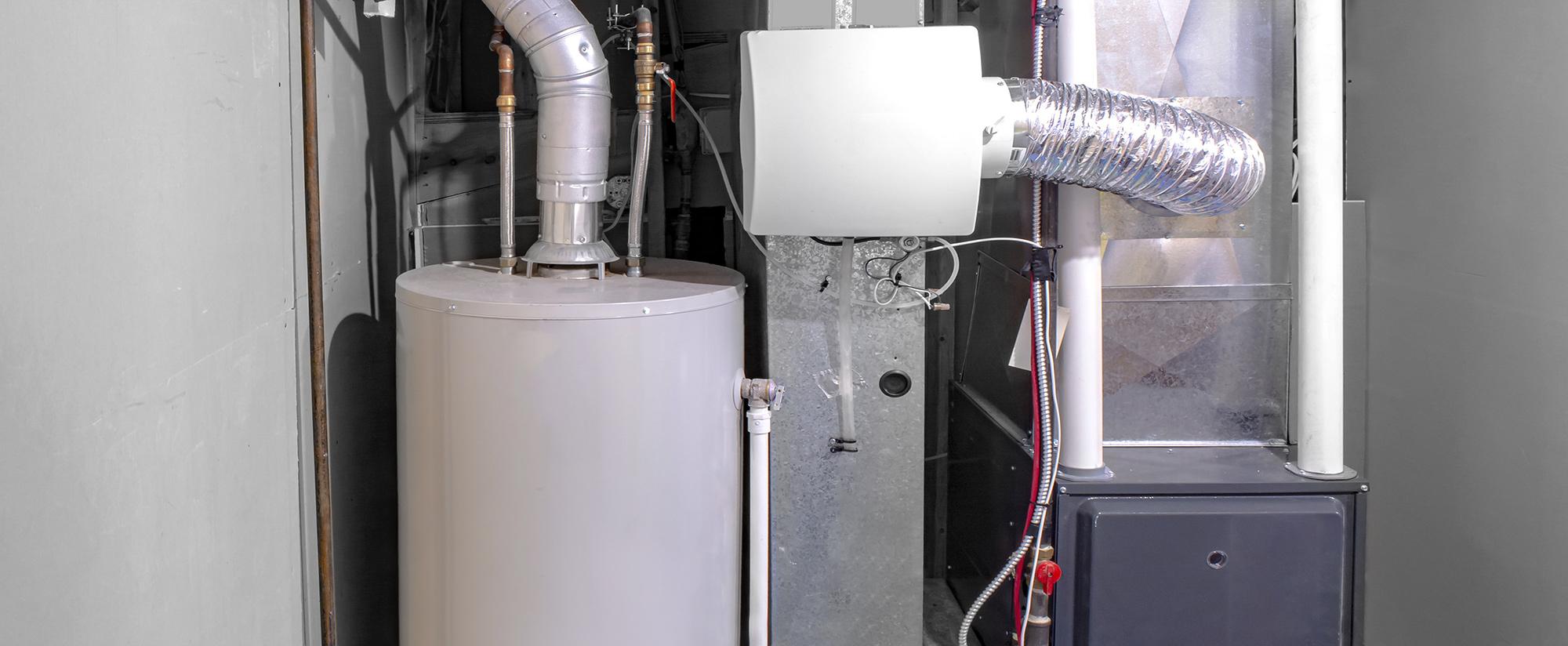
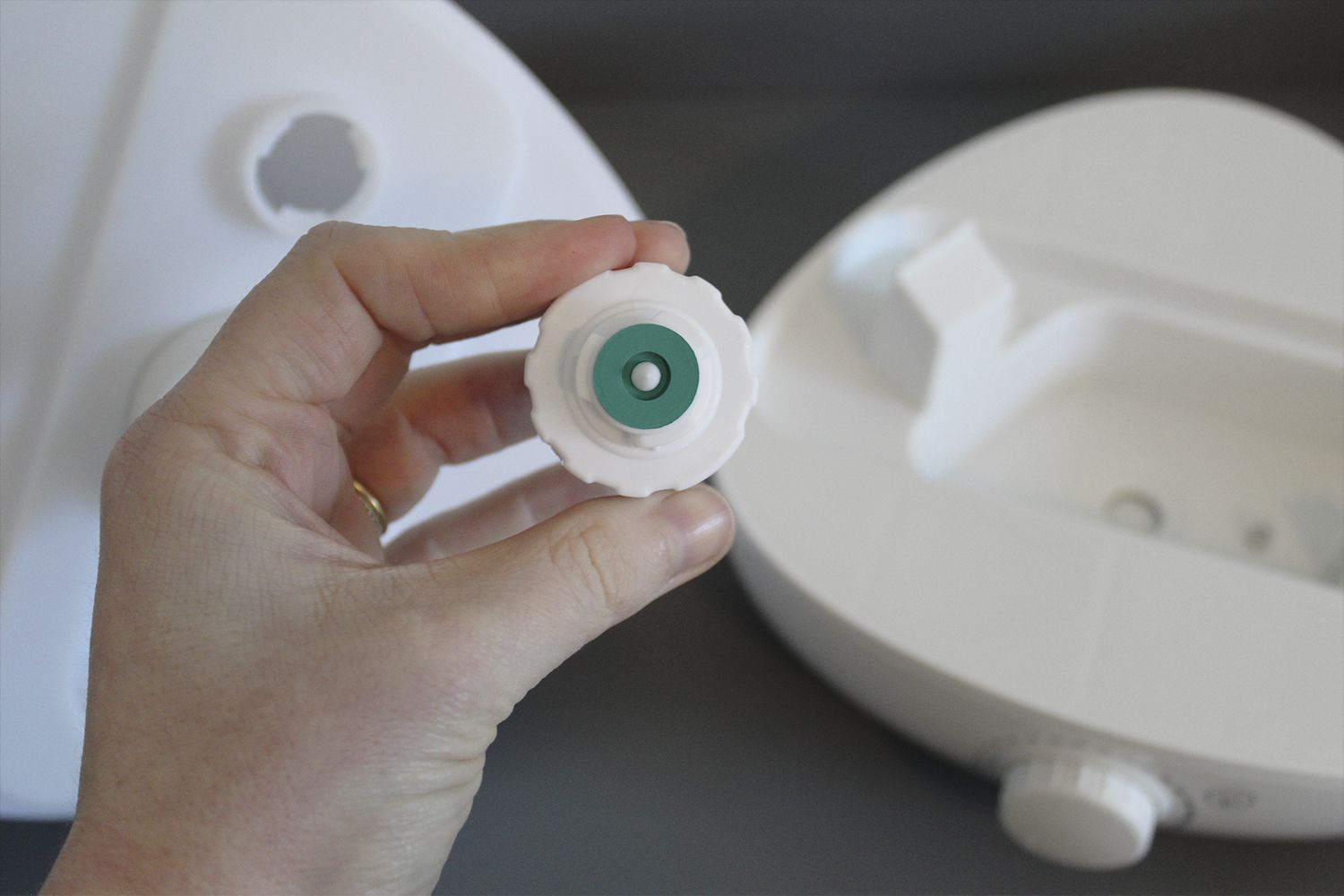
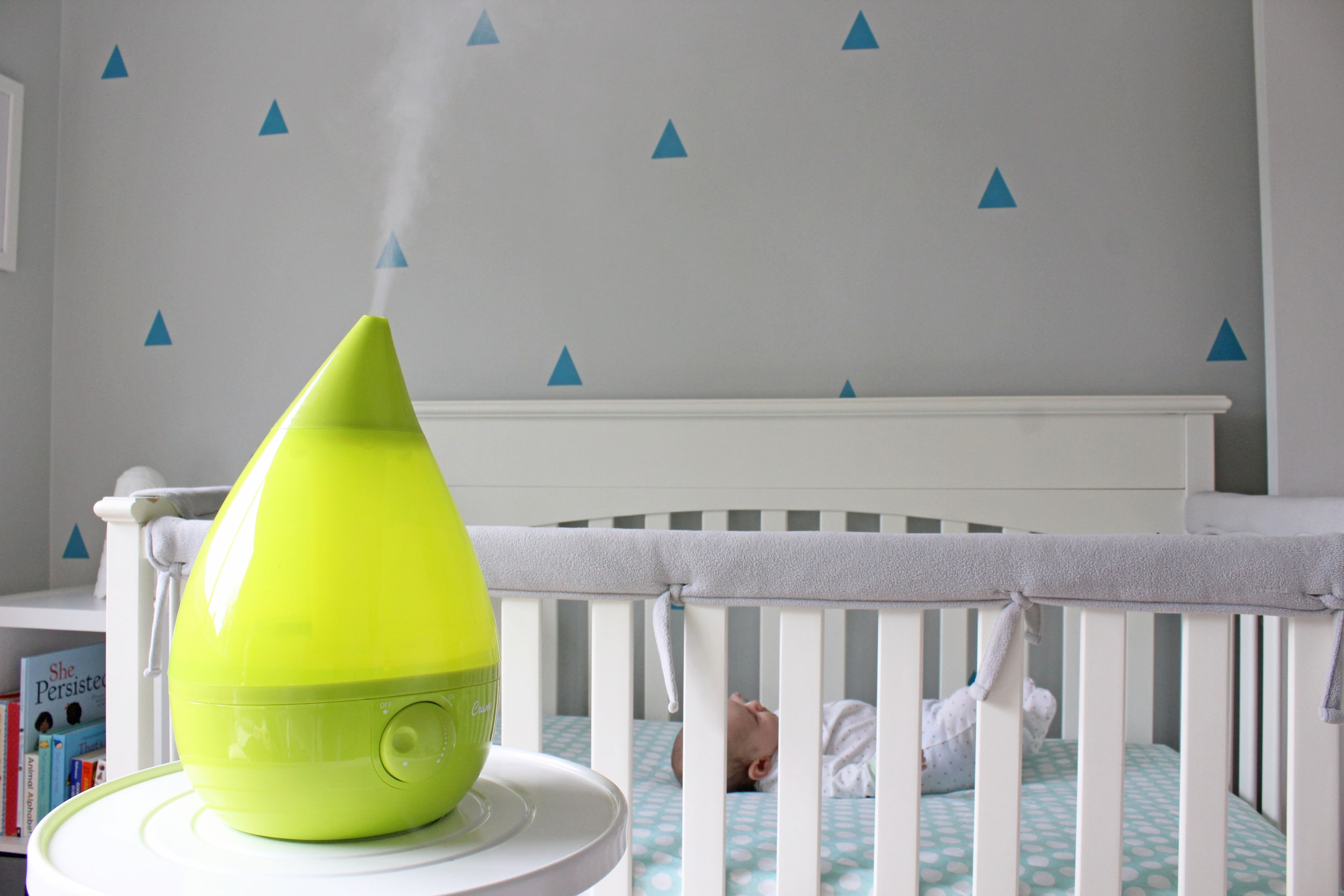

0 thoughts on “How To Use A Humidifier For Congestion”